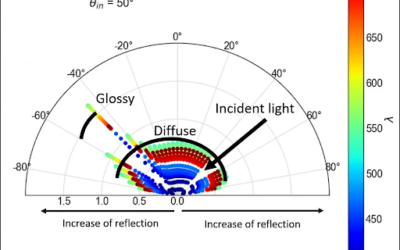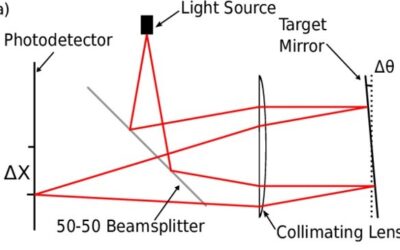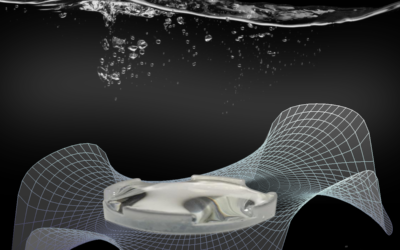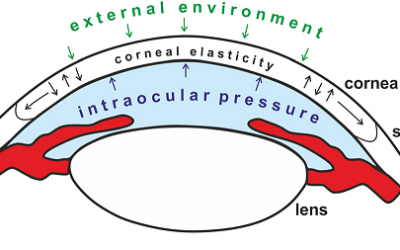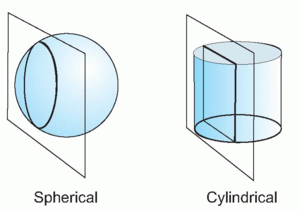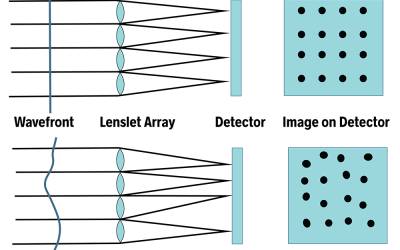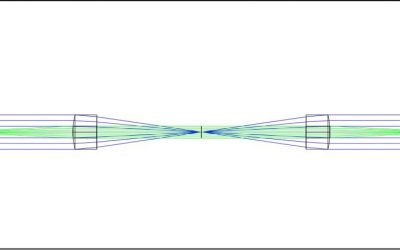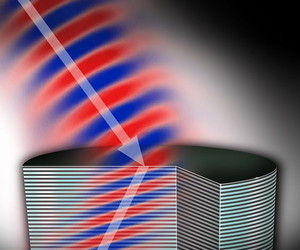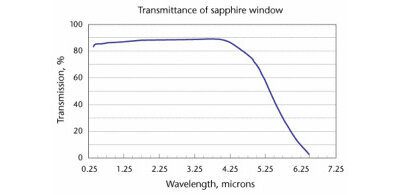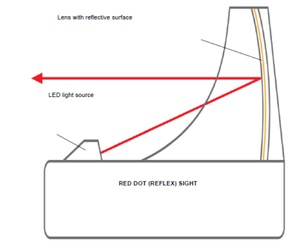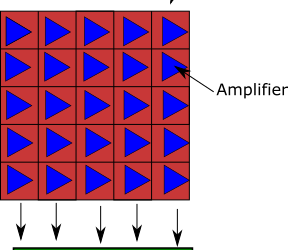In this article, we will explore a critical aspect of optical design: the K correlation, and how it plays a pivotal role in managing issues such as stray light and light scattering in optical systems, and we will discuss the Bidirectional Scattering Distribution...
optics
Using Auto-Collimators for Optical Assemblies
by Victor Argueta | lens design, optical engineering, optics
Uses and Benefits of auto collimators for optical assemblies explained
Dispersive Prism
by Victor Argueta | FAQ, OFH, optical design, optics, optics definitions
A dispersive prism is an optical element used to break up light into its different wavelength components - a phenomenon discovered by Sir Isaac Newton. By doing this, the prism separates light of varying wavelengths, with longer wavelengths (red) deflecting at a...
3 Rules For Plano Convex Lens Design
by Victor Argueta | lens design, OFH, optical design, optics, optics definitions
Plano convex lenses are lenses with a positive focal length and while they are simple compared to many optical systems, but there are fine details that a lens designer needs to pay attention to. This post will review 3 key rules for designing a plano convex lens
Optics in the News – June 2022
by Victor Argueta | OFH, optics
Complex Optical Components from Fluids. Researchers from the Israel Institute of Technology have developed a new technique to fabricate free-form optics by curing a liquid polymer. Traditionally, free-form optics are fabricated using complex CNC equipment that...
Non-Contact Tonometers
by Victor Argueta | FAQ, Opthalmology, optics, Victor Argueta
This will be the last entry in our series of optical instrumentation for optometry. If this is the first article that you are seeing, I would suggest that you take a look at our previous articles about Ophthalmoscope Design, Keratometer Design, and Retinoscopy. This...
Cardinal Points
by Victor Argueta | FAQ, optical design, optics, Victor Argueta
When I was a young undergrad engineering student, I always found optics to be a very confusing subject. It was not only the equations, but what it looked like hundreds of different definitions involved in even the simplest of optical systems. Some concepts, like...
What is Birefringence?
by Victor Argueta | FAQ, optics, optics definitions, science
In a previous post, we explained the concept of a material refractive index in optics in the context of optical design. Something that we didn’t review however is that many materials have two, three (and even more) different refractive indices depending on the...
5 Applications of Cylindrical Lenses
by Victor Argueta | FAQ, lens design, optical design, optics
When thinking of a ‘lens’, most people have the image of a spherical lens in their mind, but there are different geometries for lenses, and one of the most common is the cylindrical lens. What’s the difference between spherical and geometrical lenses? And what...
Understanding RMS Wavefront Error: An In-Depth Exploration | OFH
by Victor Argueta | optical design, optics, optics definitions, Zemax
Introduction to RMS Wavefront Error As mentioned in several articles in this blog, aberrations are of great relevance when designing an optical system. The objective being to design a system that creates a “good image”. However, there are different metrics to...
Deciphering 4f Optical Systems: A Journey into Fourier Optics
by Victor Argueta | lens design consulting, OFH, optics, optics definitions
Introduction A 4F optical system is a system architecture that uses Fourier Optics. In this article, we will explain why we need them and how to design a simple 4f correlator. We will leave out most of the mathematical derivations, but if you are interested...
5 things to know about refractive index
by Victor Argueta | FAQ, optics, optics definitions
Introduction The refractive index is one of the basic concepts in optical sciences. Same as volume, and density, the refractive index is a fundamental property of all materials. However, not only materials that are used in optics have a refractive index. For example,...
Types of Optical Prisms
by Victor Argueta | mechanical design, optical design, optics, optics definitions
One of the most famous images in the history of optics is that of Sir Isaac Newton with a beam of white light going through a glass prism and a rainbow coming out the other side. It is one of the most famous optical experiments, not only for its simplicity, but also...
Uses of Sapphire explained; IR optics, laser optics, windows
by Victor Argueta | optics, science, Uncategorized
IntroductionYou may not be aware but you probably have in your hands one of the toughest substances in the world right now. If you own a good quality watch chances are that it has a sapphire glass. Also, some versions of Appla watches and almost all mobile phones use...
Types of Optical Designs used for Rifle Scopes
by Victor Argueta | lens design, optical design, optics
Autumn is almost here and with that, hunting season. Hunting is so popular in my state that it is a non-official holiday where school is “canceled” and congress gets the day off. I’m not sure if that happens elsewhere but it is fair to say that hunting is a big part...
Which is better a CCD or CMOS image sensor?
by Victor Argueta | machine vision, optics
CCD vs CMOS CCD and CMOS are both image sensors. They can be found in any device that creates an image. Cameras, webcams, mobile phones. They are one of the most common consumer electronics in world. For many years there has been a debate about which image sensor: CCD...
Free multi-catalog lens search tool launched
by John | optical engineering, optics
Last week, we announced the launch of a free lens search tool for optical engineers. It is available at www.opticsforhire.com/lens-search The searchable database allows engineers working in robotics, machine vision, industrial, and security industries...
Selecting a lens manufacturer
by SergeySidorovich | optical design, optical engineering, optics
Planning for manufacturing The right time to start planning for production is at the start of an optical engineering project. Design is closely tied to manufacturing and early choices will be greatly impacted by the anticipated production method. It is not unusual to...
Surface texture requirement in optical drawings
by SergeySidorovich | lens design, optical design, optical engineering, optics
Updated June 2020. In our previous article, we discussed how to read optical drawings while in this installment, we will focus on surface finish details. Optical lens performance can be heavily affected by the lens surface roughness. The surface texture symbols are...
Why spot and beam uniformity are not always equal
For many LED optic projects, a spot size and beam angle can be specified with a single uniformity value. In cases of beam angles above 30 degrees, things get tricky. Please see the images below for an explanation. If you prefer to understand the math... Illuminance is...
